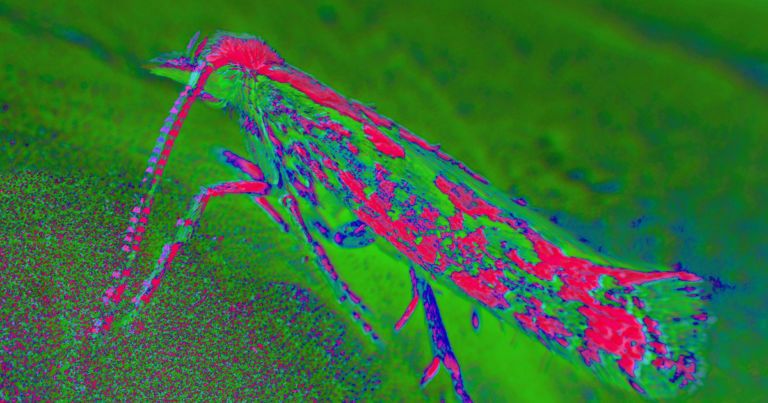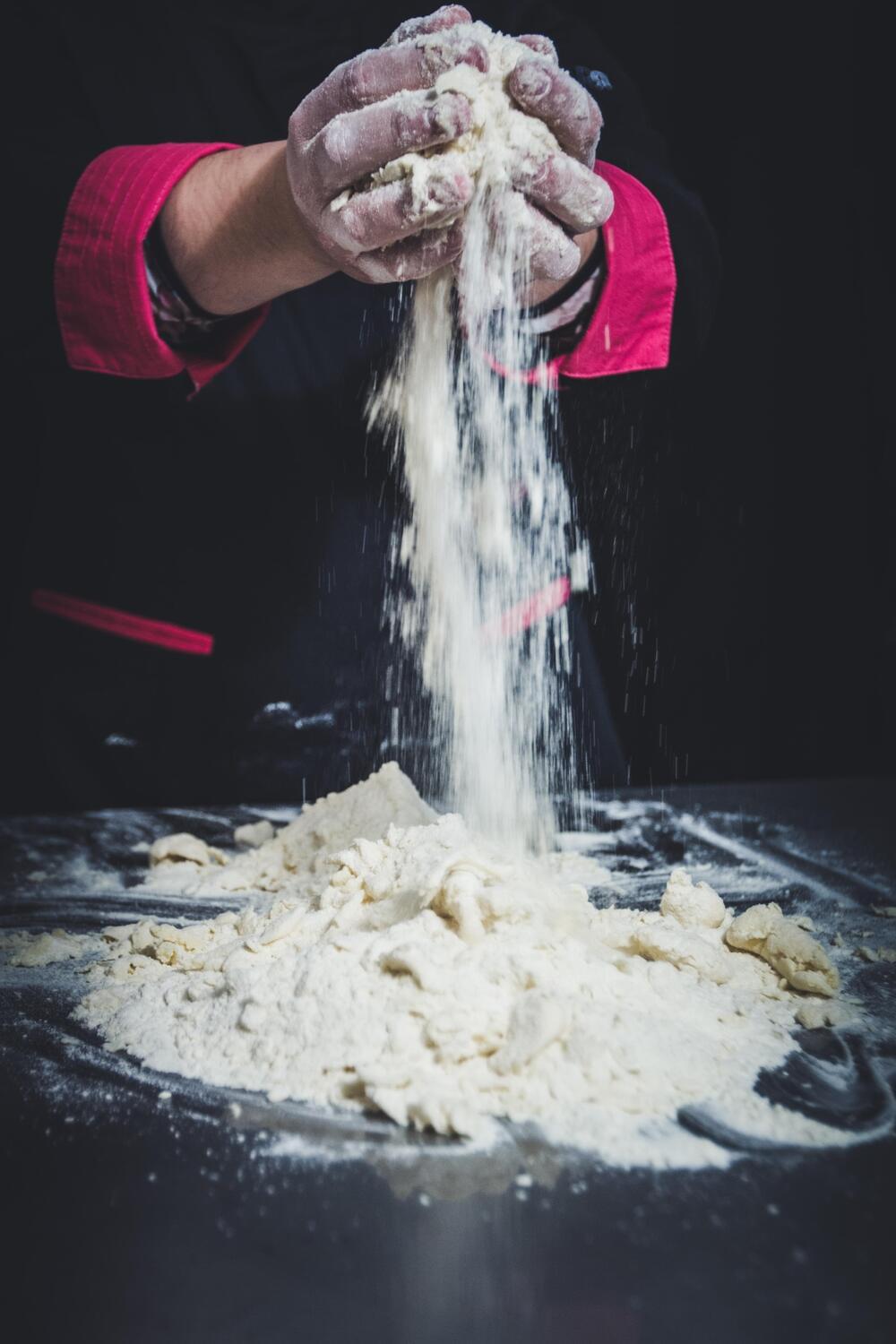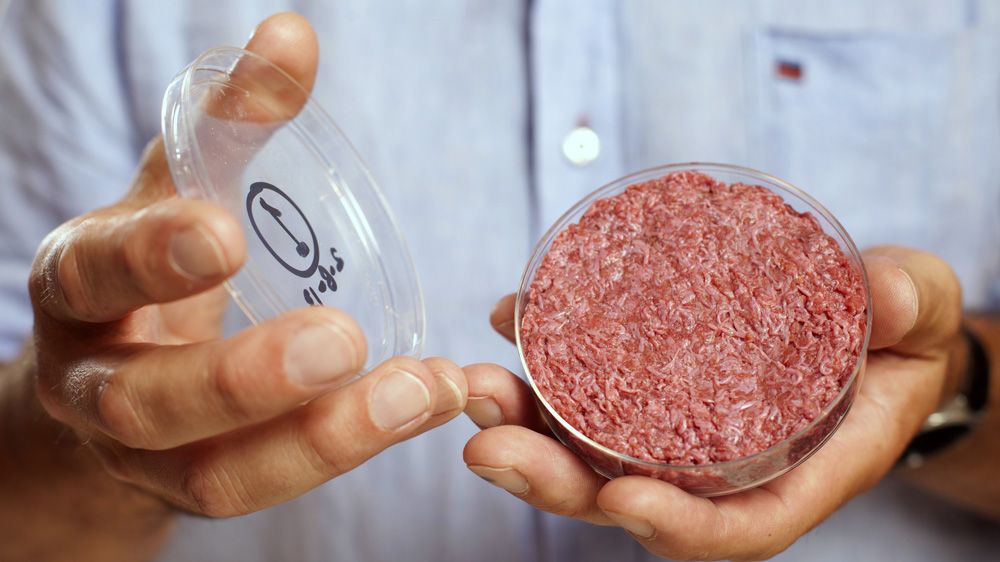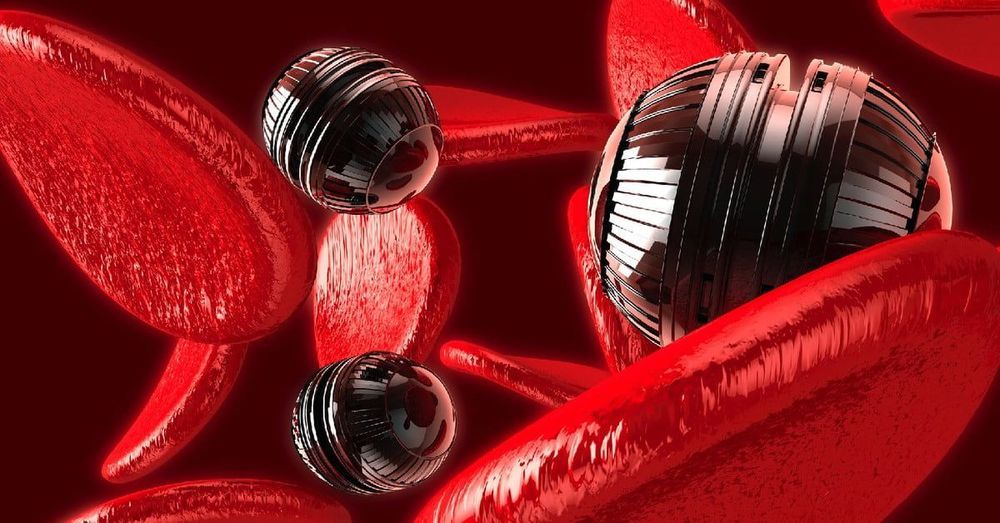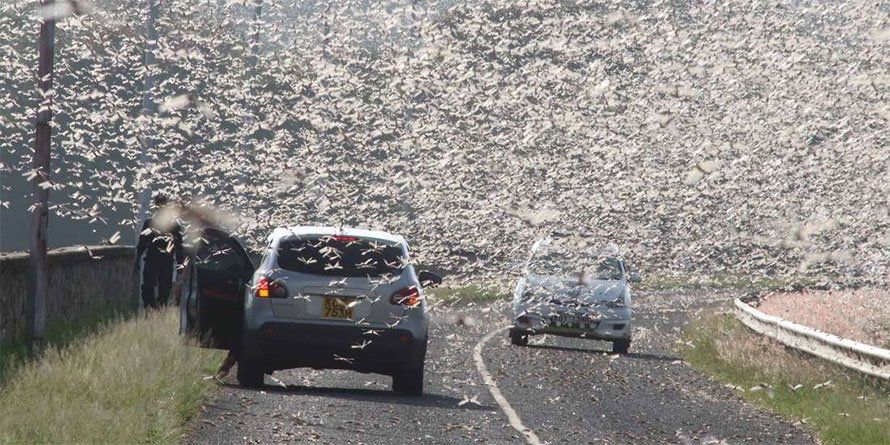Aeroponics grows fruits and vegetables faster, cheaper and better. RELATED: Making superfood chocolate from raw cacao: https://youtu.be/SrQlCI3Tq58
Vertical farming with Tower Gardens is on the ‘rise’ and rightfully so. You can grow a variety of plants without ANY soil and 90% LESS water. It also requires 10x less space so you can do a lot more in a smaller area. That means easily growing fresh herbs, fruits, vegetables, and flowers both indoors and out. And because everything is grown and picked fresh, the flavor is unbelievable!
» Subscribe to Grateful: https://www.youtube.com/GratefulCo?sub_confirmation=1.
» Follow @reallaurenkelly on IG https://www.instagram.com/reallaurenkelly
» Watch more videos: https://www.youtube.com/playlist?list=PLJujmjaQELiv3lTUInDbLz_eCYvEojS7E
» Grateful is a team of creators & friends exploring everyday curiosities in the pursuit of bringing more joy to life. We don’t have all the answers but we ask all the questions to help people discover what it means to live a bold, colorful & grateful life.
